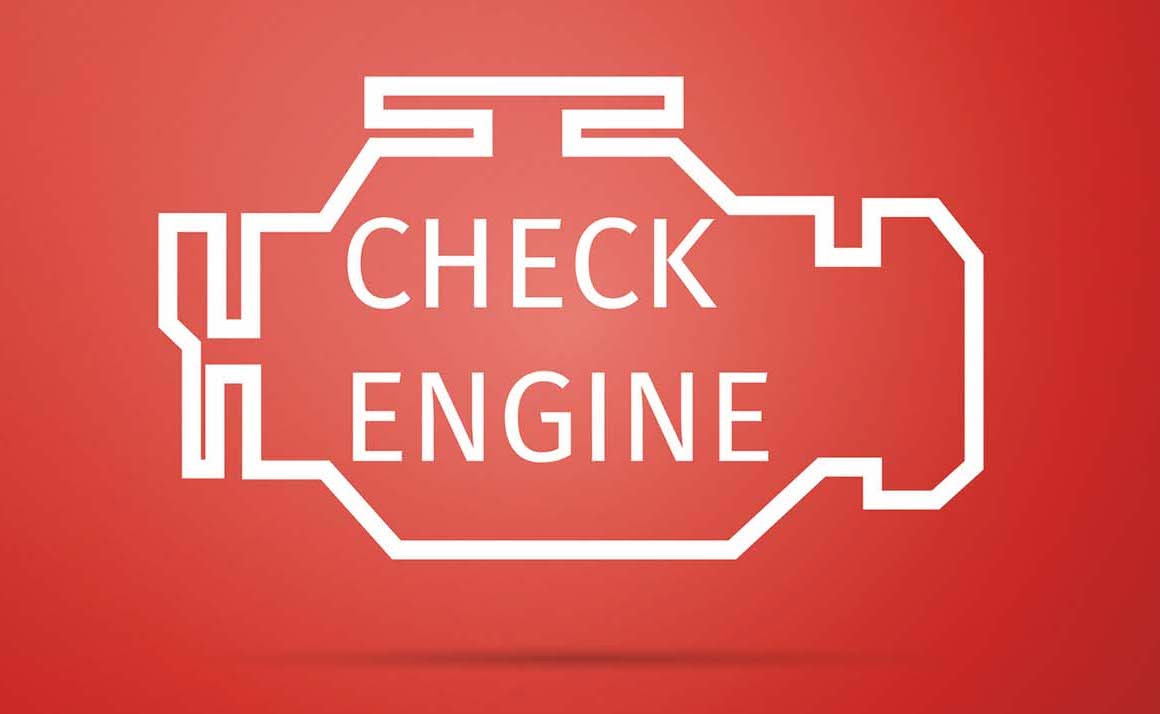June 1997
I. Ruiz Calatrava
J. M. Santisteban Valenzuela
RAFA Gómez-Villamandos | University of Cordoba (Spain)
José Ignacio Redondo | University CEU Cardenal Herrera
Abstract and Figures
This study was carried out to evaluate the effects of low-level laser irradiation on experimental lesions of articular cartilage. A standard lesion was practised on the femoral trochlea of both hindlimbs of 20 clinically normal Californian rabbits.
These animals were divided into two groups of 10 individuals each, depending on the laser equipment used for treatment. Once group was treated with He-Ne laser (8 J cm-2, 632.8 nm wavelength) and the other with infra-red (IR) laser (8 J cm-2, 904 nm wavelength). In both groups, five points of irradiation to the right limb alone were irradiated per session for a total of 13 sessions, applied with an interval of 24 h between sessions.
These points were the following: left and right femoral epicondyles, left and right tibial condyles and the centre of articulation. The distance between these points was approximately 1 cm. The untreated left limb was left as a control. During treatment, extension angle and periarticular thickness were considered. At the end of the treatment, samples were collected for histopathologi-cal study and stained with: Haematoxylin-Eosin, PAS and Done.
The results show a statistically higher anti-inflammatory capacity of the IR laser (p < 0.0001). The functional recovery was statistically similar for both treatments (p < 0.176). Histological study showed, at the end of the treatment, hyaline cartilage in the IR group, fibrocartilage in the He-Ne group and granulation tissue in the control limbs.
Clinical and histological results indicated that this laser treatment had a clear anti-inflammatory effect that provided a fast recuperation and regeneration of the articular cartilage.









